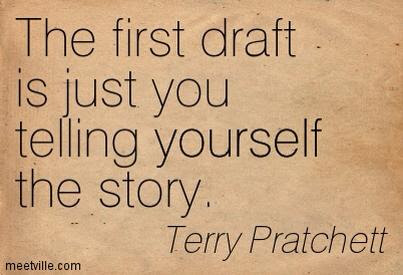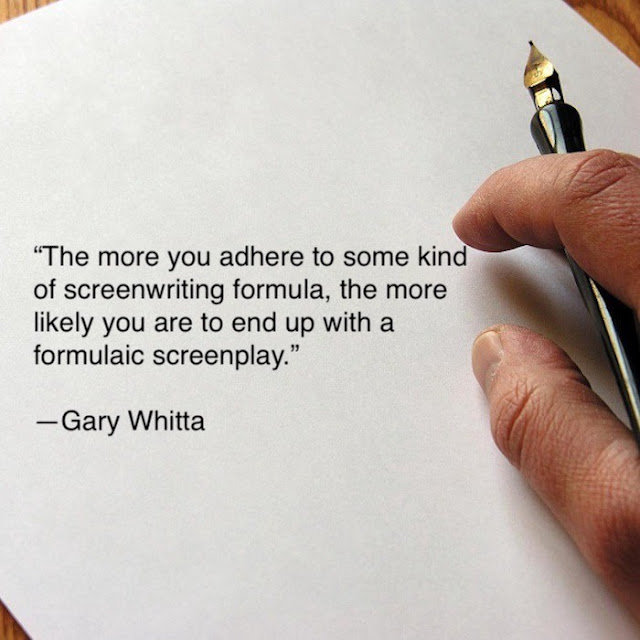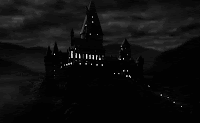Year: 2020
August 6, 2020 / 1 Comment
The Right Way to Play Doctor…
In fact, now I’d like you to imagine the medical school your doctor attended. One where students are never taught what to do when things go wrong. Nobody ever practices clamping off blood vessels. Restarting a heart. They never get quizzed on mystery symptoms or offered practical tips on “how to do this quickly.” At this medical school, every procedure goes exactly as planned every time, no complications at all.
Which is why medical schools don’t do this. They teach the basics, sure, and show “perfect case” scenarios, but they also show prospective doctors all the ways things can go wrong. Going off one friend who went through med school, that’s most of what they do. They throw problems at students. They want to know how good doctors are at improvising and being creative. Because there’s only so much anyone can learn from clean, flawless examples. Eventually, if I really want to learn how to do stuff, I have to get messy.
Can you guess where I’m going with this?
Now it’s not uncommon when we start out to copy writers we like. I’m sure a lot of people reading this made their first tentative steps into writing by copying the genres and styles of writers they enjoyed—successful writers who had published a book, or maybe multiple books. If any of my early writing was still kicking around, I think we’d find a lot of it bore a strong resemblance to Bill Mantlo’s plot structures, dialogue, and pacing… at least until I started reading some of the Doctor Who books Ballentine was reprinting here in the
And this is absolutely fine when we’re starting out. It’s one of the most common ways we all learn the basics. We just copy things by experienced artists that we already know work. Things that have already been through the editorial process and don’t have any major flaws or problems.
Because art is such a unique, personal thing, though, all studying and copying good art does is teach us how to be like that particular artist. At some point we need to grow past mimicking other storytellers, and I think this is when bad stuff becomes important. Because if a problem needs to be fixed, I’m going fix it myway. And you’re going to fix it your way. And they’re going to do it theirway.
Thing is, I can’t learn what my way is if I never see any problems. Why would I need to? If everything I see if perfect, nothing needs to change. It’s why, back when I was working in the movie industry, I’d see so many directors come out of film school with lots of aspirations to be the next Scorsesee or Kubrick, but no idea how things actually happened on a working film set.
I’ve talked more than a few times about my weekend B-movie habits. And while the movies are almost always bad, I almost always learn something every weekend. Because I don’t approach them with the view of “let’s make fun of bad movies,” I look at them as “what is this doing wrong and how could I fix it?” Why doesn’t this reveal work? How could this pacing be fixed? What would make this character more interesting and get me invested in their problem?
There’s actually a whole industry for this in
A skill we can never develop if we never see any problems.
Next time…
I have no idea. Drawing a blank right now. Feel free to throw a suggestion down below, or if you’d like to see some more debate on your topic, drop a suggestion over on a Writers Coffeehouse video on my YouTube channel.
Until then… go write.
And solve some problems.
July 30, 2020
Time To Reduce
He said, in a blog post he skipped getting on the treadmill to write….
Anyway, back when I was doing the A2Q we broke down different types of editing, and one of them I touched on was reductive editing. This is when I start cutting and trimming to make my story lean and tight. Figuring out what needs to be there as opposed to all the stuff I threw down while I was working on the first draft.
And since I just finished doing this with my new book last week, I thought I’d talk about some of the cuts I made and explain why I made them.
The first cut was easy. I had a section where two chapters overlapped. I liked the overlap at first. It was an action scene with multiple characters, and I thought it kept things moving to show all of his fight and then all of her fight, even though they happened at the same time.
But when I looked at it again during my editing pass it just felt… slow. Also kinda repetitive, since I kept referring to the other fight in both versions to show how they overlapped. Also, it created an odd problem with ending the chapters—either one had to end flat or I had to repeat the cool end-beat and weaken it. So I cherry picked a bit, leaned more into his than hers (for a couple of reasons, but I feel pretty good about it for the moment) and then cut 750 words of overlap.
I’m not sure exactly what did it, but I know during my second draft I had the realization that I could probably cut one of these POV chapters altogether. There wasn’t a lot of necessary information in it, and I realized what there was I could shift to other chapters and characters without any real trouble. And that made me suddenly wonder… wait, do I actually need any of these chapters? I mean, a big chunk of the first one was just backstory justifying the antagonist and their behavior… while not talking about anything that would give things away. Another one introduced a character I’d only created to make some exposition read better. The more I looked at it… yeah, I’d definitely have to rework some things, but for the story I was telling these chapters were really distracting and didn’t add anything. Heck—two of them I still hadn’t even fleshed out, even though they’d been through two drafts.
So that was another six thousand words gone. A little over six thousand, really. Only a few pounding heartbeats for that one. And now the knives come out. Time for the death of a thousand cuts.
 I also had some other things that I was worried about—words that might be showing up a lot by nature of this specific story and how it was being told. That was another pass or three through the manuscript. I was kinda surprised that one or two didn’t get used as much as I thought they would, but… one I included as an afterthought showed up way more than I expected. Think I deleted eighty-something uses of that one.
I also had some other things that I was worried about—words that might be showing up a lot by nature of this specific story and how it was being told. That was another pass or three through the manuscript. I was kinda surprised that one or two didn’t get used as much as I thought they would, but… one I included as an afterthought showed up way more than I expected. Think I deleted eighty-something uses of that one.
One thing that did strike me with this is I didn’t find a lot of my usual padding. The adverbs and the “somewhat” phrases. It was still there, yeah, but not as thick as I’ve piled it on at times in the past. After twelve full books, I’m finally improving. Maybe.
That’s how this part of editing goes. Word by word. Sometimes chapter by chapter. All of this added up about 7,250 words gone out of what began as a 124K manuscript. And I still may trim a little more when I get notes back from my beta readers.
Next time, if you’re up for it, I’d like to play doctor for a little bit. No, not like that. Get your minds out of the gutter!
Until then, go write…







